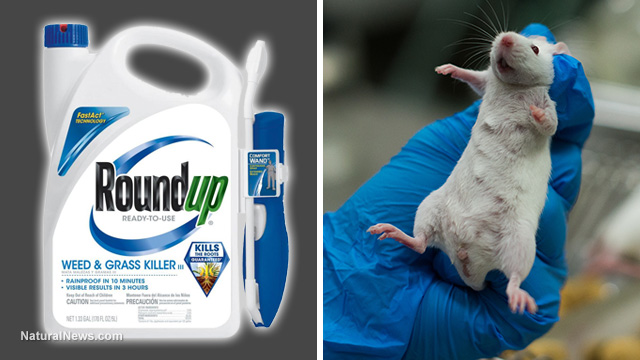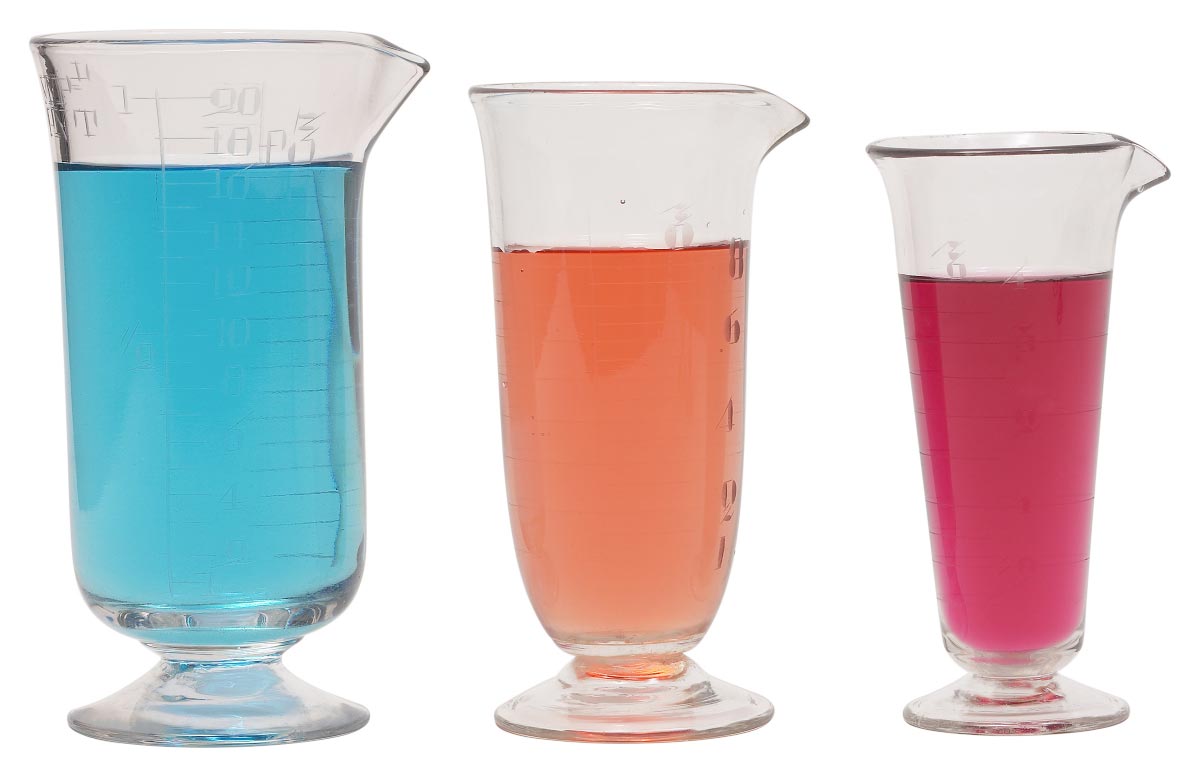Phosphates are common food additives that could be making you tired and lazy
04/07/2019 / By Michelle Simmons

It is known that eating processed foods can take a toll on your health for they are made with chemicals toxic to the body. In a new study, researchers report that inorganic phosphate — a common preservative and flavor enhancer added to most foods in the Western diet — can leave you feeling tired and lazy.
In the study, a team of U.S. researchers looked at how eating too much food with phosphate influences exercise intolerance and physical inactivity. For the study, the research team examined lab mice that were fed with a diet containing high amounts of phosphate. Then, they measured the oxygen uptake of the animals during exercise, which showed less capacity for movement and the inability to make enough fatty acids needed to feed their muscles.
At the same time, they wanted to see the effect of phosphate on humans. Therefore, they evaluated the data of people enrolled in the Dallas Heart Study. A total of 1,603 participants were included in this cohort. All participants were 18 to 65 years old and were not taking any medication. They also never had kidney or heart disease. To monitor the physical activity of the participants, the researchers instructed them to wear physical activity monitors for a week.
After 12 weeks of observing the animals, the research team found that the mice became more inactive when they were given higher amounts of phosphate. In the human study, the team discovered that participants who consumed higher levels of phosphate in their diets were more likely to spend less time performing moderate to vigorous physical activity and more time in sedentary activity. The findings of the study were published in the journal Circulation.
Things you need to know about phosphates
Phosphate is an inorganic derivative of phosphorus that is usually added to processed foods, not for nutritional benefit, but for science. These toxic ingredients are commonly found in processed cheese as emulsifiers to keep oil and water mixed together. In iced teas, sodas, and french fries, phosphates are used to add color. They are also added to foods like powdered milk, powdered coffee, and pudding. Most commonly, they are found in inorganic meat, poultry, and seafood; they injected in a water solution to help the meat retain more water when you recook it. On the other hand, phosphorus is a mineral naturally found in protein-rich foods such as meat, fish, and eggs. This mineral is needed by the body to keep the kidneys, bones, and muscles working properly.
The Food and Drug Administration (FDA) classifies various types of phosphates as “generally recognized as safe.” On the contrary, the Environmental Working Group (EWG) considers sodium phosphate, which is a common type of phosphate added to more than 6,000 food products, as a “moderate concern” in foods. In addition, there are various studies that have reported that phosphate has potential health risks. Higher consumption of phosphate has been linked to an increased risk of death for people with kidney disease. Other studies have also shown that high levels of phosphate intake are associated with an increased risk of high blood pressure and a sedentary lifestyle. (Related: Question: what is trisodium phosphate and what is it doing in our food?)
To avoid phosphates, refrain from buying products that contain “phos” or “phosphate,” or completely avoid processed foods and choose fresh, nonpackaged foods instead.
To learn more about what’s in your food, visit StopEatingPoison.com.
Sources include:
Tagged Under: additives, artificial flavor, food additives, food supply, groceries, ingredients, phosphate, preservatives, toxic chemicals, toxic foods, toxic ingredients, toxins



















